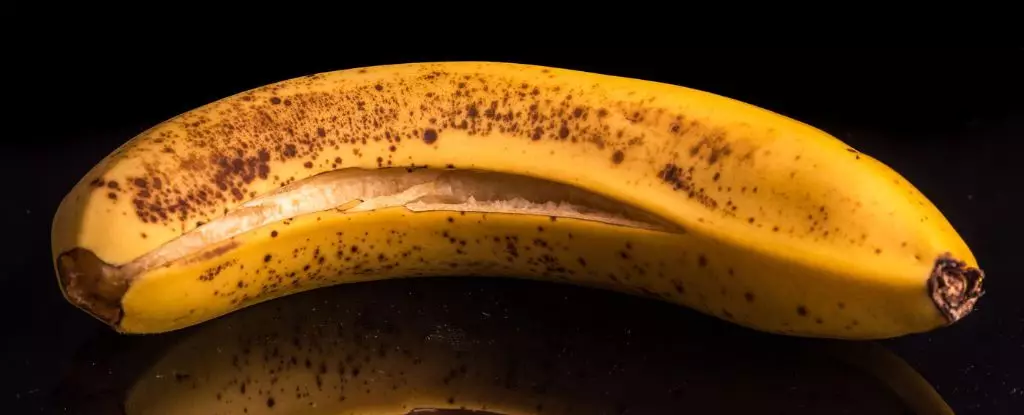Every time you peel a banana, are you unconsciously discarding a potential culinary treasure? In a society increasingly aware of sustainability and reducing food waste, it’s time to rethink how we view what many consider mere refuse. A recent exploration into the potential of banana peels has revealed that this often-ignored part of the fruit can offer not just flavor but also a multitude of health benefits. Dismissing banana peels as trash is a classic example of overlooking a powerhouse of nutrition that could easily elevate our meals while also reducing our impact on the environment.
From Trash to Treasure
Recent studies reveal that banana peels, when transformed properly, can be a delicious addition to many dishes. Research published in 2022 highlighted that blanched, dried, and ground banana peels can be crafted into flour, which serves as an excellent substitute for conventional wheat flour in baked goods. Test subjects reported an equal enjoyment of banana peel-enhanced cookies as their traditional counterparts. This groundbreaking discovery is particularly relevant for those exploring vegan or alternative cooking methods, proving that innovation often lies in places we least expect, such as the fruit bowl.
The nutritional profile of banana peels is compelling. They pack a punch with a range of minerals such as magnesium and potassium, along with fiber that supports digestive health and antioxidants that combat free radicals in the body. Unfortunately, many remain unaware of the versatility and nutritional potential of these peels. While it’s easy to discard them, the implications of doing so stretch beyond flavor; it represents a larger issue of food waste. With approximately 40 percent of a banana’s weight being its peel, this is an excessive amount of waste that could otherwise contribute to a healthier diet.
Perfecting the Recipe
However, as with any culinary endeavor, balance is key. Studies revealed that too high a concentration of banana peel flour could lead to baked goods with undesirable textures. When subjected to careful experimentation, a ratio of around 7.5% banana peel flour yielded an optimal cookie that retained a desirable mouthfeel while maximizing health benefits. This kind of culinary science showcases that experimentation can lead to delicious creations while encouraging healthier eating habits. Next time you prepare sugar cookies or bread, consider this innovative switch that could yield not just tastier results but also an enriching nutrient profile.
Moreover, the versatility of banana peels extends beyond baking. Renowned chefs like Nigella Lawson have daringly incorporated banana peels into curries, while inventive vegan bloggers have even explored recipes ranging from banana peel bacon to pulled peel ‘pork.’ This trend challenges the notion that fruits should be consumed in their stripped-down purity. Why not embrace the entire fruit—skin included? Cooking with unconventional ingredients may seem daunting, but the potential payoff is undeniably worth exploring.
Broader Implications for Other Fruits
The wonder of banana peels serves as a gateway to reconsidering other fruit byproducts. For instance, the skin of mangoes has been found to enhance antioxidant properties in baked goods, suggesting that numerous fruit peels could offer nutritional advantages yet remain overlooked. This perspective encourages us to seek out and repurpose what’s typically considered waste in our kitchens, pushing back against the culture of throwing out valuable food.
The trend of incorporating various peels into cooking speaks volumes about evolving culinary practices and sustainability efforts. If we embrace creativity in the kitchen, we can extract maximum value from our produce. Adopting such practices not only enhances our meals’ nutritional content but also diminishes our carbon footprints by lowering food waste—an urgent issue in today’s world.
As we continue to explore new horizons in our diets, the humble banana peel stands out as a stellar candidate for repurposing in innovative and delicious ways. Before tossing out that peel next time, remember that it might just be your next favorite ingredient waiting to be discovered. So, cherish the skin, and elevate your culinary journey by leaving behind outdated attitudes towards this nutrient-rich treasure. Your meals and the planet could greatly benefit from it.

